
WWAO's "Connecting the Drops" webinar series builds and strengthens bridges between water scientists and decision makers. These conversations pair diverse voices from the water community through two short talks followed by a brief Q&A session.
Explore our webinar content below that showcases some of the impactful work and exciting projects being undertaken in the Western U.S. and amongst WWAO’s partners.
To learn about upcoming webinars, subscribe to our mailing list here or email us at water.applications@jpl.nasa.gov .
June 2025 | May 2025 | April 2025 | Nov 2024 | Oct 2024

Assistant Professor, Director of the Hydrology & Hydroinformatics Innovation (H2I) Lab, Department of Civil Engineering, University of Texas at Arlington
Dr. Adnan Rajib is an Assistant Professor and the Director of the Hydrology & Hydroinformatics Innovation (H2I) Lab in the Department of Civil Engineering, University of Texas at Arlington. Dr. Rajib’s research focuses primarily on global water security with emphasis on AI and data science. His most recent work on human dimensions of water disaster has been featured in Nature Outlook. Dr. Rajib received PhD in Civil Engineering from Purdue University in Spring 2017 with Purdue’s Outstanding Graduate Award and worked as a Postdoctoral fellow at the US EPA Office of Research and Development until 2019.
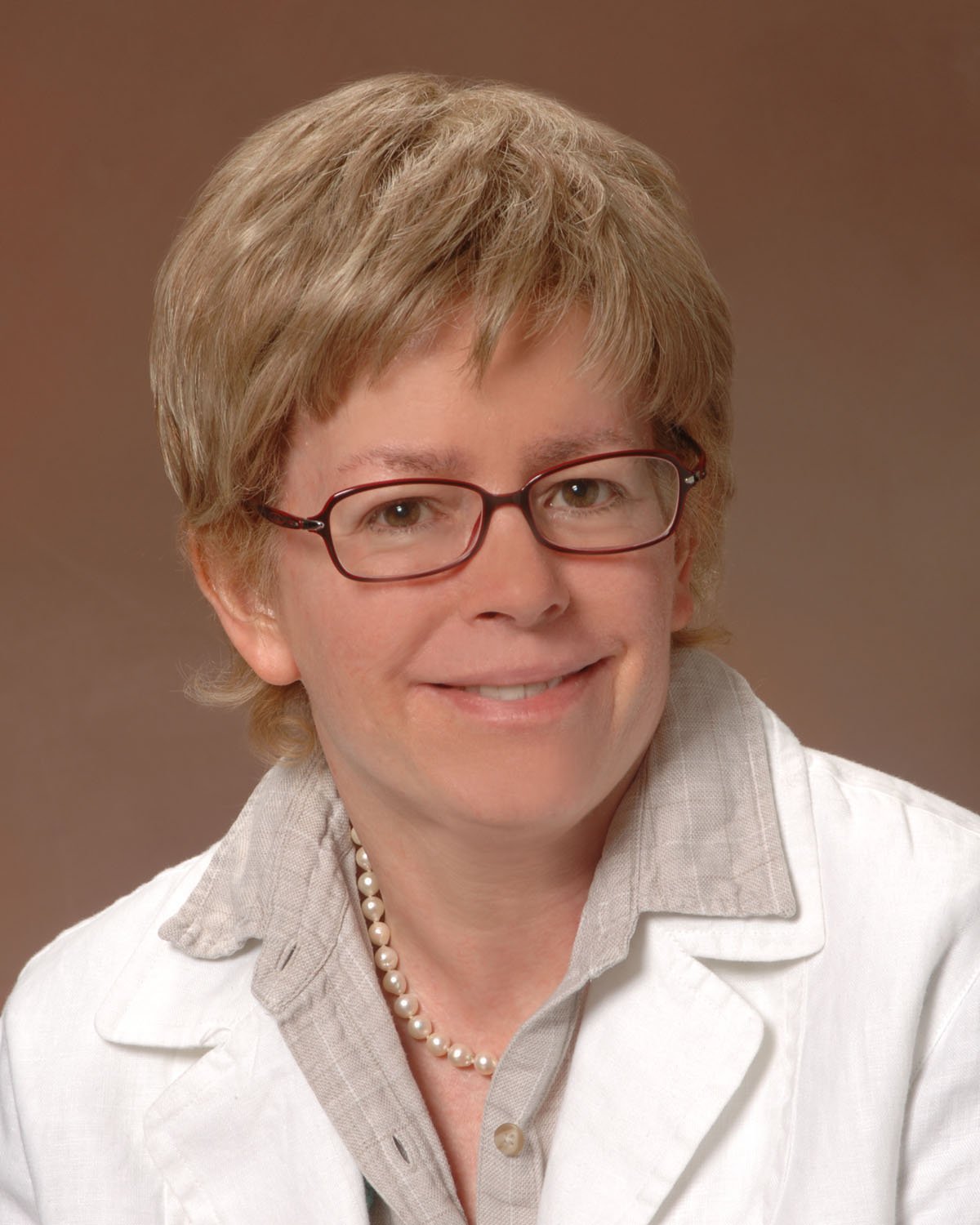
Jeanine Jones, Interstate Resources Manager, California Department of Water Resources
Jeanine Jones is the Interstate Resources Manager for the California Department of Water Resources. She is a member and past Chair of the Western States Water Council , a Designee on the Colorado River Board of California, and a registered civil engineer in California and Nevada. She has more than 40 years of experience in water resources management.
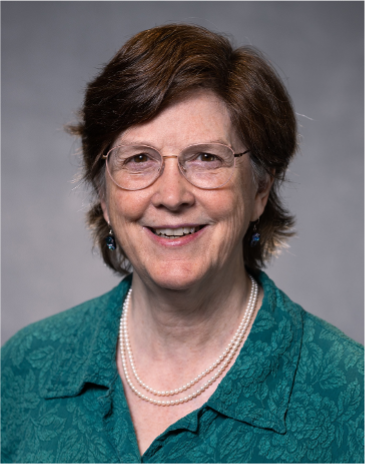
Cathleen Jones, Senior Research Scientist, Jet Propulsion Laboratory
Cathleen Jones is a Senior Research Scientist at the Jet Propulsion Laboratory in Pasadena, California. Her research is focused on using synthetic aperture radar to identify, monitor, and study natural and man-made hazards, and includes development of methods for tracking and characterizing oil slicks, measuring subsidence in deltas, and monitoring levees, dams, and aqueducts. She is the Science Team Applications Lead for the NASA-ISRO NISAR mission, which will image nearly all the Earth’s land surface every 12 days, providing the data to the public free of charge.

Nikki Tulley, Research Scientist, Capacity Building Program, BAERI/NASA Ames Research Center
Nikki Tulley is a member of the Navajo Nation, an Indigenous Nation located in the United States southwest. She works with the NASA Capacity Building Program and is part of BAERI/NASA Ames Research Center. As an Indigenous Scientist, she recognizes that opportunity to braid Indigenous science and western science together to use Earth Observation satellite imagery to tell a story of the changes being monitored from space and those observed from the landscapes. Nikki's passion is empowering communities through data access and capacity building. She believes that community involvement in research can significantly aid in seeking solutions for resilient and sustainable communities.
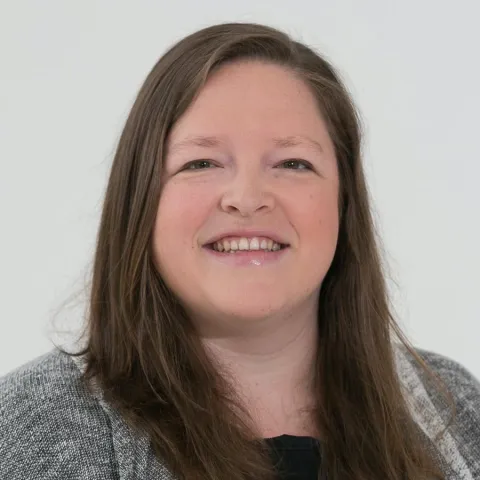
Amanda Sheffield, Senior Associate Scientist, University of Colorado Boulder Cooperative Institute for Research in Environmental Sciences (CIRES) affiliated with National Oceanic and Atmospheric Administration's (NOAA) National Integrated Drought Information System (NIDIS)
Amanda is a Senior Associate Scientist at the University of Colorado Boulder Cooperative Institute for Research in Environmental Sciences (CIRES)affiliated with National Oceanic and Atmospheric Administration's (NOAA's) National Integrated Drought Information System (NIDIS). She is a Regional Drought Information Coordinator for the California-Nevada Drought Early Warning System (DEWS), working with partners across all levels of government, academic institutions, and the private sector to improve capacity to monitor, forecast, plan for, and cope with the impacts of drought. She also supports NIDIS on efforts on subseasonal to seasonal forecasting and snow drought as well as drought in Hawaii and the U.S. Affiliated Pacific Islands. Amanda holds degrees in Atmospheric Science from Colorado State University (Ph.D., M.S.) and Purdue University (B.S.).
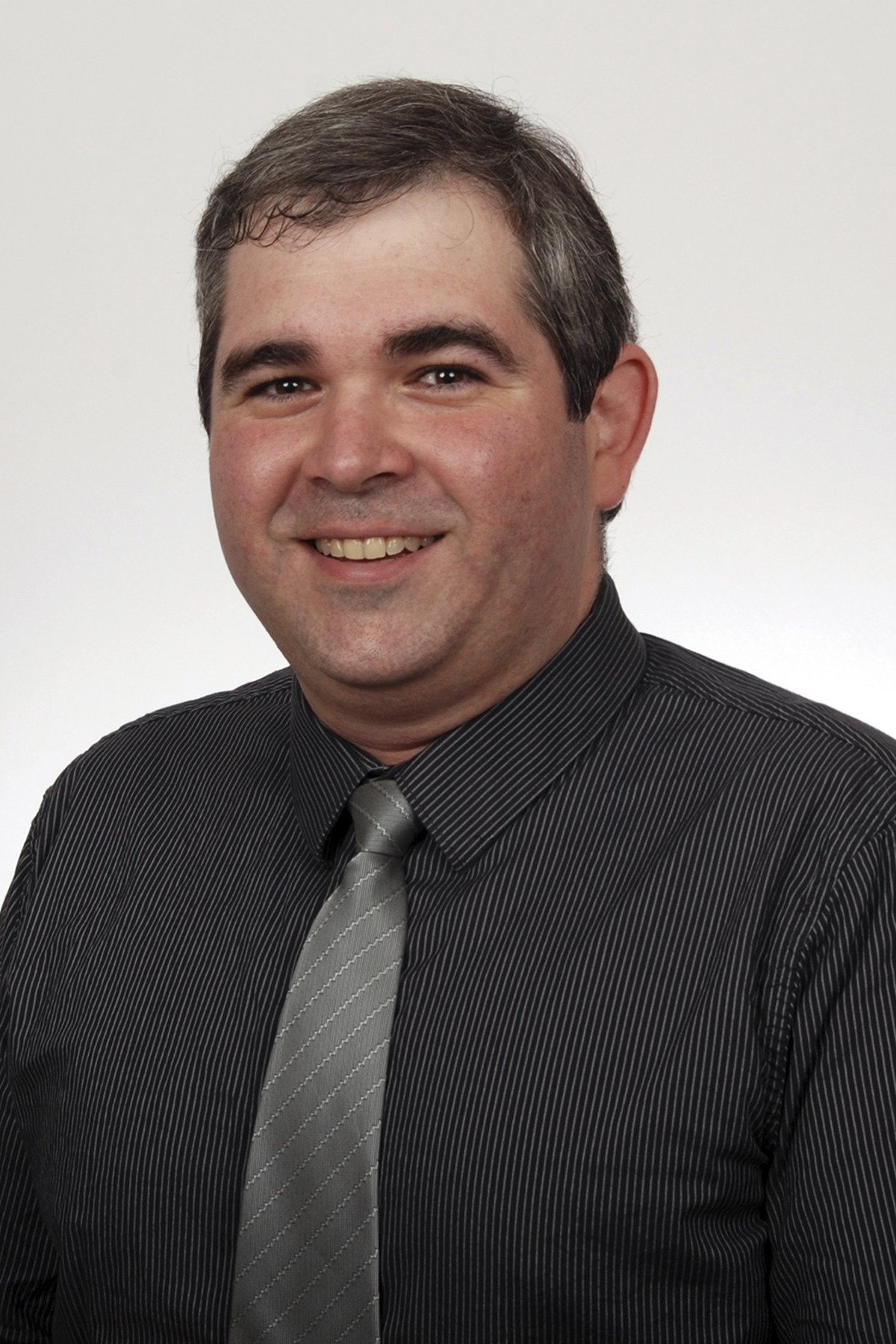
Renato Frasson, NASA Western Water Applications Office / Jet Propulsion Laboratory
Renato is a scientist in the Water and Ecosystems group at NASA JPL with nearly a decade of experience in using remote-sensing images to track the evolution of rivers and lakes. At JPL, he supports the Surface Water and Ocean Topography (SWOT) mission and the Observational Products for End-Users from Remote Sensing Analysis (OPERA) project. Renato’s areas of research include measuring and estimating river properties and hydraulic characteristics where in situ measurements are unavailable, uncertainty analysis and quantification, and harmonizing data collected by different instruments. Within WWAO, Renato strives to connect stakeholders and potential data users with the right data products, and to remove hurdles that impede the use of remote-sensing information to support decision making. He holds a Ph.D. degree from the University of Iowa and spent eight years at Ohio State University.

Seth Shanahan is the Colorado River Programs Manager for the Southern Nevada Water Authority. In this role, he oversees a variety of environmental programs, sustainability efforts, and climate change adaptation initiatives. He holds a B.S. in Forest Resources from the University of Georgia, Athens, M.S. in Water Resources Management from the University of Nevada, Las Vegas, and is an accredited Senior Ecologist with the Ecological Society of America. His hobbies include volunteering as a ski patroller and snow surveyor.
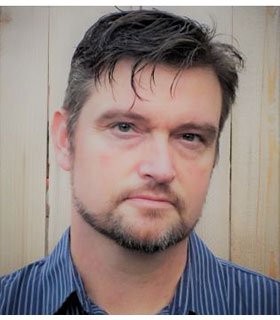
Dr. Sean Fleming, U.S. Department of Agriculture Natural Resources Conservation Service, now Oregon State University
Sean is a geophysicist by training and an applied water, climate, and environmental scientist by profession. He has over two decades of experience in the private, public, and non-profit sectors in several countries, spanning field, technical, managerial, business, and communications roles. Career highlights so far include developing some of the first AI-driven river forecast systems in operational use at governmental service-delivery organizations, discoveries about how glaciers affect the way rivers respond to climate variation and change, writing a general-audience book for Princeton University Press and op-eds for Scientific American and Wired, being invited to talk at the Smithsonian, and volunteering in Mexico, Romania, Mauritania, and wartime Ukraine.
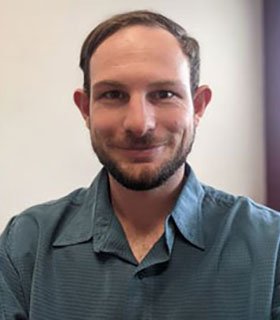
Max Gersh, New Mexico Office of the State Engineer
Max Gersh is a Senior Hydrologist with the New Mexico Office of the State Engineer – Water Resource Allocation Program. Max obtained a Bachelor of Science in Hydrology and Water Resources from the University of Arizona and a Master of Science in Environmental Science and Management from Portland State University where he focused on forest fire effects on snow albedo and snowmelt timing in the Western US. His work experience includes the use of gravity surveys for aquifer monitoring, remote sensing and GIS-based hydrology work, satellite imagery analysis, water rights allocation, groundwater modeling, and surface water/groundwater interactions.